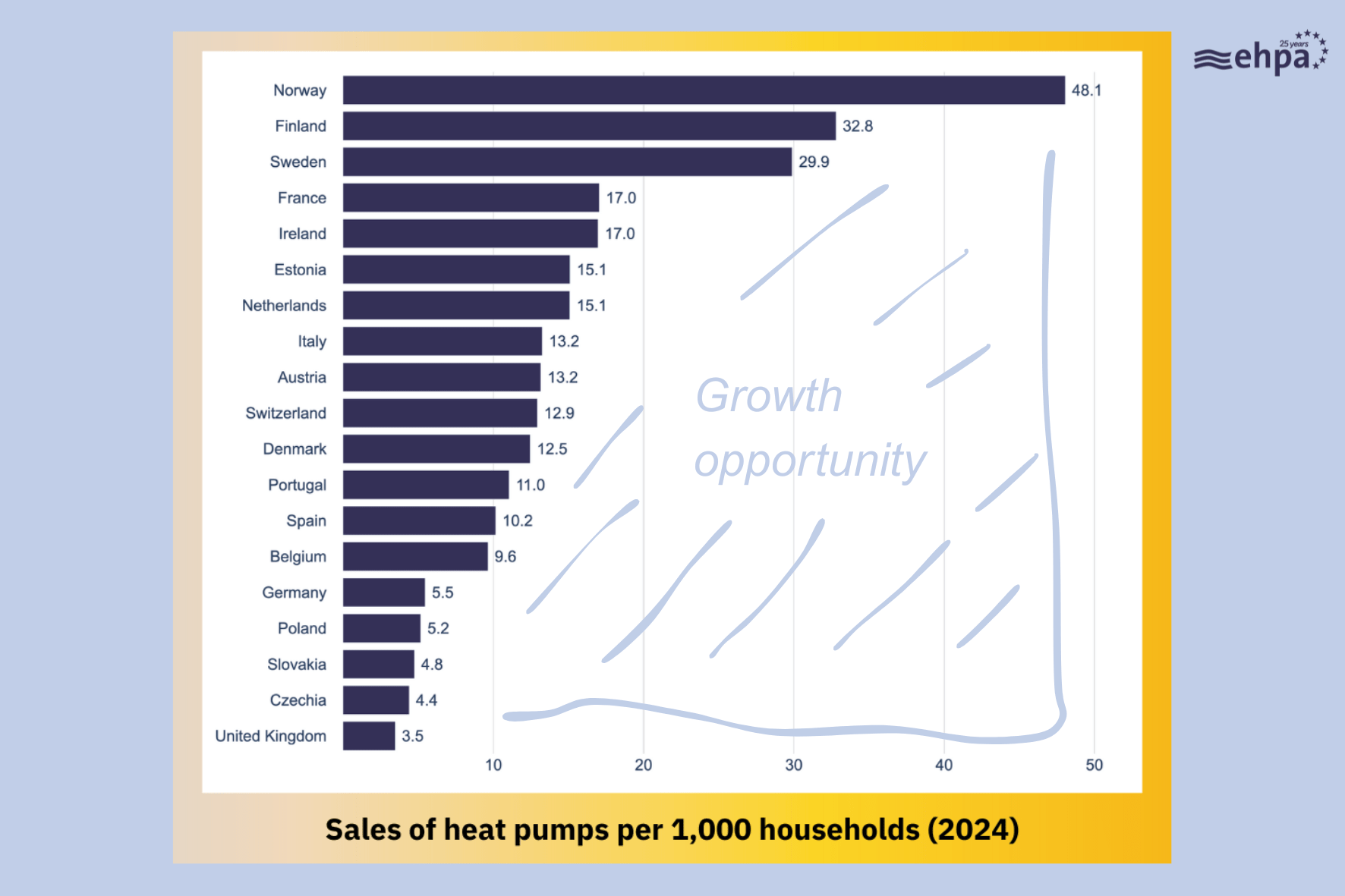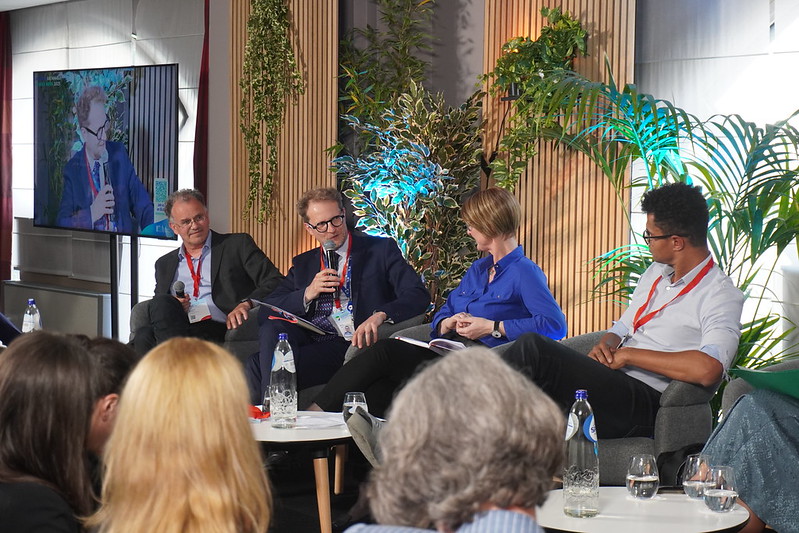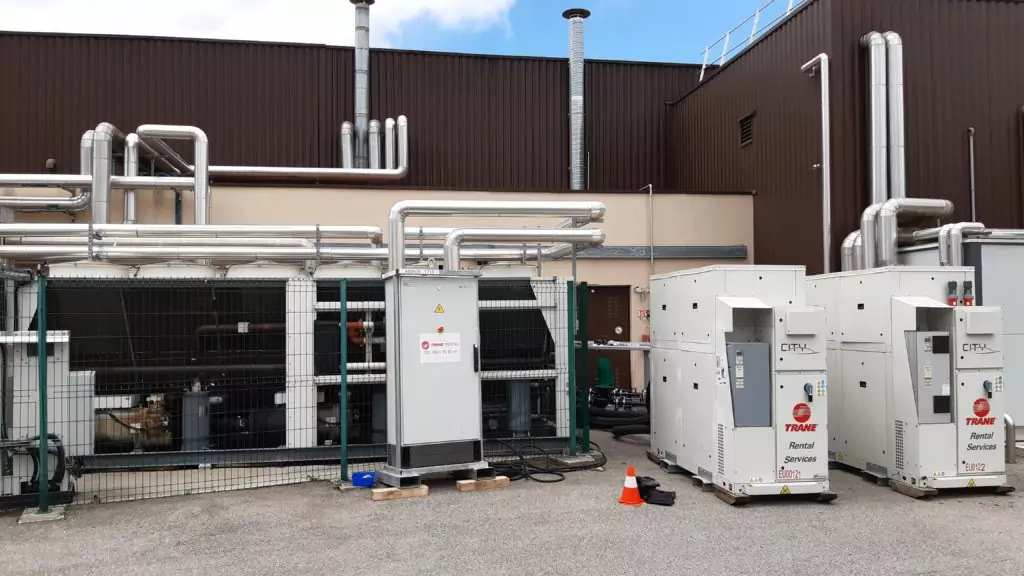French company Saint Jean has been producing pasta since 1935. With a staff of 450 and five manufacturing plants in the Auvergne-Rhône-Alpes region, it is growing steadily. Yet it embraced a radical change last year when a temporary cooling solution turned into an all-new approach to heating and cooling.
In 2022, Saint Jean facility managers were looking for a temporary 150kW cooling capacity to cover the additional summer load in one of their plants.
Trane Rental Services team were brought in to analyse Saint Jean’s overall cooling and heating demands. The plant needed cold water temperatures of -8°C/-4°C and hot water temperatures of 60°C/55°C.
Instead of recommending an additional chiller to satisfy the temporary cooling needs, the engineers proposed a new heat pump solution that would not only deliver the additional cooling capacity Saint Jean managers were looking for, but also completely replace the plant’s 300kW fossil-fuelled boiler heating system – generating significant energy savings in return.
The team installed two Trane City™ RTSF water-to-water heat pumps, connecting them with the plant’s existing chillers, which allowed to harness the waste heat that typically gets lost to atmosphere during cooling process.
During the four months of rental operations, the calculations showed that thanks to shutting down the gas boiler, and replacing it with heat pumps, the cost of generating heat dropped by approximately 68% from over €8,400 to €2,640, lowering the carbon footprint of the plant and more sustainable operations.
Anthony Guichard, head of energy performance at Saint Jean comments: “This project enabled us to validate that the water-to-water heat pump solution was capable of meeting the site’s heating needs reliably and efficiently. This successful installation allowed us to initiate two further investments at two other manufacturing sites in 2023. These permanent installations will support our organisations’ decarbonisation action plans. The project also highlighted the importance of heat storage in this type of installations. We decided to replace the 25m3 heat storage unit with a 40m3 unit on a permanent basis.”
Have you got a heat pump story to share? Let us know! sarah.azau@ehpa.org





